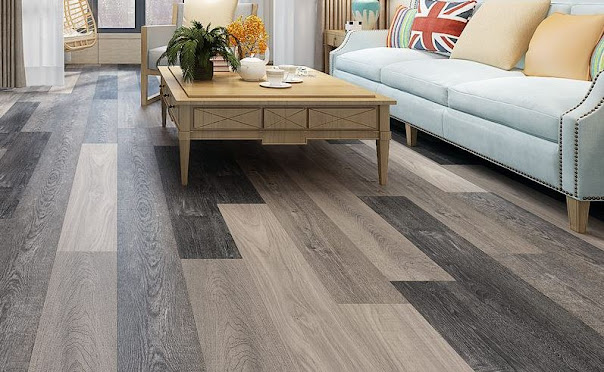What Are Persian Carpets And Rugs That Are Regarded As One Of The World’s Most Luxurious And Valuable Textiles?
Persian Carpets are regarded as one of the world’s most luxurious and valuable textiles. They have adorned the floors of palaces and mansions, catwalks and concert stages across the globe, and in many cases, have even found their way onto paintings and sculptures. The art of hand-weaving Persian rugs and carpets has been a part of the history of Persia since ancient times. Nevertheless, it has experienced periods of decline, most notably during the Seljuq period in the 13th century, when Mongol rule led to the extinction of the carpet industry in Iran.
Despite these longstanding economic challenges, the carpet weaving sector of Iran is still very important. It is a highly specialized industry that employs millions of people and contributes significantly to the country’s economy. In 2002, Persian carpets and rugs accounted for the country’s top non-oil export.
Characterized By Their Rich Colours, Elaborate Patterns
Iranian Persian Carpets are characterized by their rich colours, elaborate patterns and unique weaving techniques. These characteristics are reflected in their wide range of designs, which include garden and floral patterns, animal motifs, geometric motifs and symmetrical structures.
The best Persian carpets are woven by traditional artisans in small village and nomadic workshops. These artisan-woven rugs are distinguished from those made by large, industrially-run workplaces by their fine wool, bright colours and traditional, specific patterns.
A number of town and regional centers in Iran, including Tabriz, Kerman, Ravar, Neyshabour, Mashhad, Kashan, Isfahan and Nain, are among the most renowned producers of Iranian carpets. The quality of these rugs is often higher than those produced by more industrially-run facilities, because they use high-quality materials and are able to invest in sophisticated dyeing processes.
Town and regional Persian Carpets Dubai makers have also been instrumental in reviving the tradition of carpet-weaving after years of decline. These weavers are known for their high level of skills, and their rugs are a reflection of their knowledge, craftsmanship and pride in their work.
Most modern Persian rugs are woven on power looms, although they are not always as expensive as hand-knotted rugs. In some cases, these rugs have been produced using synthetic yarns that can be more durable than traditional natural fibres. However, they lack the richness and depth of colour, detail and intricate design that hand-knotted rugs are known for.
All-Silk Pile Carpets
Silk has been used in the weaving of Persian rugs for centuries, as it provides a more subtle and rich shade of colour and can highlight particular elements of the design. In addition, silk is less prone to mechanical wear than wool or cotton. The fine pile on these rugs is characteristic of the highest-quality carpets, particularly those from Kashan, Qum and Isfahan.
Gabbeh Carpets
The Gabbeh carpets of Northwestern Iran are woven on the Tabriz loom, which has a flat, continuous warp. The weaver sits on a fixed seat and the loom is rolled behind him, with the wefts being held by wedges. The wefts are then crossed over the warps, and knotted, and the resulting tangled web is then unravelled.
.jpg)



Comments
Post a Comment